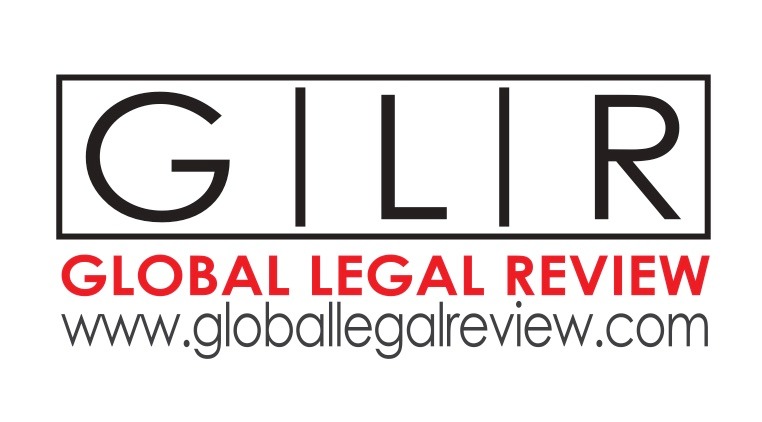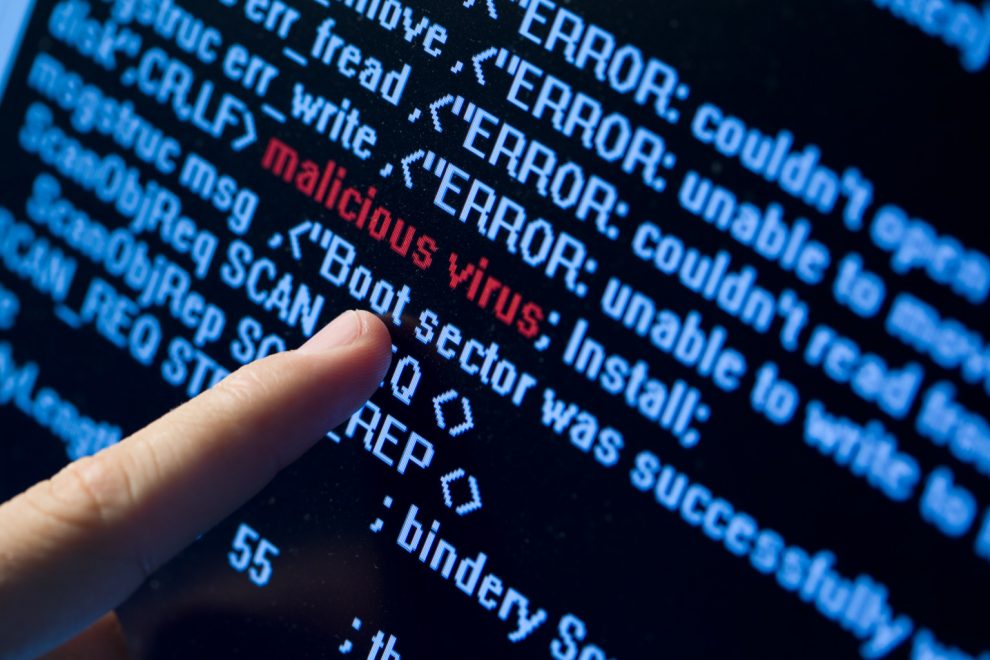As a mirror has two sides to it, crimes related to technology have also increased. As much as the technology is progressing, so are the crimes that come along with it like cyber attacks. Of course, pros and cons accompany every benefit that we receive.
Cybercrimes are the most common these days. Hacking, malwares and inappropriate use of data are what we hear on the bulletin every now and then.
A Cyber Attack is an attack initiated from a computer against another computer or a website, with a view to compromising the integrity, confidentiality or availability of target and the information stored in it.
Above stated definition contains three separate factors;
[1] Attack or an illegal attempt to [2] gain something from a [3] computer system.
A system is a collection of units that work collectively towards a common goal. So, whether it is a single or a collection of computers if offline or online (websites/intranets), it is a system as they work to facilitate something or the other. A single computer has many components that work together for a common goal and hence is called a computer system.
Illegal access is the main factor to such a system. Target system is the second factor. The final factor is gains to the attacker. With great consideration, it should be noted that illegal access must have a motive to compromise the target system, in a way that the attacker gains something, such as information stored in the system, or the total control of the system.

Cyber Attacks: Types
The kinds of Cyber Attacks range from malware injection to phishing to social engineering to the internal stealing of data. Some other advanced but common forms are DDoS Attacks, Brute Force attacks, hacking, holding a computer system (or a website) for ransom using direct hack or Ransomware.
Others are;
- Gaining, or attempting to gain, unauthorized access to a computer system or its data.
- Unauthorized use of a computer for processing of data
- Hacking a website or mal-facing the site
- Disruption or denial of service attacks (DDoS)
- Virus or malware installation
- Inappropriate use of computers or applications by employees of a company, in a way that it harms the company.
The massive breach of the Office of Personnel Management a couple weeks ago made headlines, but Washington has been fending off cyber-attacks for years now. The federal government suffered a staggering 61,000 cyber-security breaches last year alone. This most recent wave of hacks exposed the records of up to 14 million current and former US government employees, some dating back to 1985. Compromised information includes Social Security numbers, job assignments and performance evaluations. This is dangerous information in the hands of the wrong people, which by definition these hackers are. There is a good reason why the U.S. Director of National Intelligence ranks cybercrime as the No. 1 national security threat, ahead of terrorism, espionage and weapons of mass destruction.
(CNN, Guardian, Reuters, Washington Post, PwC )
With the rise of social media also comes the rise in social media cybercrime. Social media spam increased 650 percent in 2014 compared to 2013. Nearly 30 percent of U.S. adults say one of their social media accounts has been hacked. That number is only set to grow: an estimated 10 to 15 percent of home computers globally are already infected with botnet crime-ware, and over 30,000 new websites are corrupted daily with compromising code. In a day and age where your online presence increasingly defines you to the rest of the world, hackers with access to your accounts can cause untold damage to both your personal and professional life. Back in 2011, Facebook admitted that it was the target of 600,000 cyber-attacks every day. Not wanting to scare off potential users, it hasn’t released official figures since.
(Guardian, Wall Street Journal, Cyber Shadows, Telegraph)
Hackers aren’t only in the game to damage governments—sometimes good old-fashioned robbery is enough. The FBI had to notify over 3,000 U.S. companies that they were victims of cyber security breaches in 2013. Victims ranged from small banks to major defense contractors to mega retailers. An astounding 7 percent of U.S. organizations lost $1 million or more due to cybercrime in 2013; 19 percent of U.S. entities have claimed losses between $50,000 and $1 million over the same span. Hacking costs the U.S. some $300 billion per year according to some estimates. Worldwide that figure is closer to $445 billion, or a full 1 percent of global income. The research firm Gartner projects that the world will spend $79.9 billion on information security in 2015, with the figure rising to $101 billion in 2018—and that still won’t be enough.
(PwC, The Wire, Washington Post, Wall Street Journal)
Cybercrimes have put the cyberworld at a huge risk. So far it has been observed that danger lurks at every nook and cranny.













